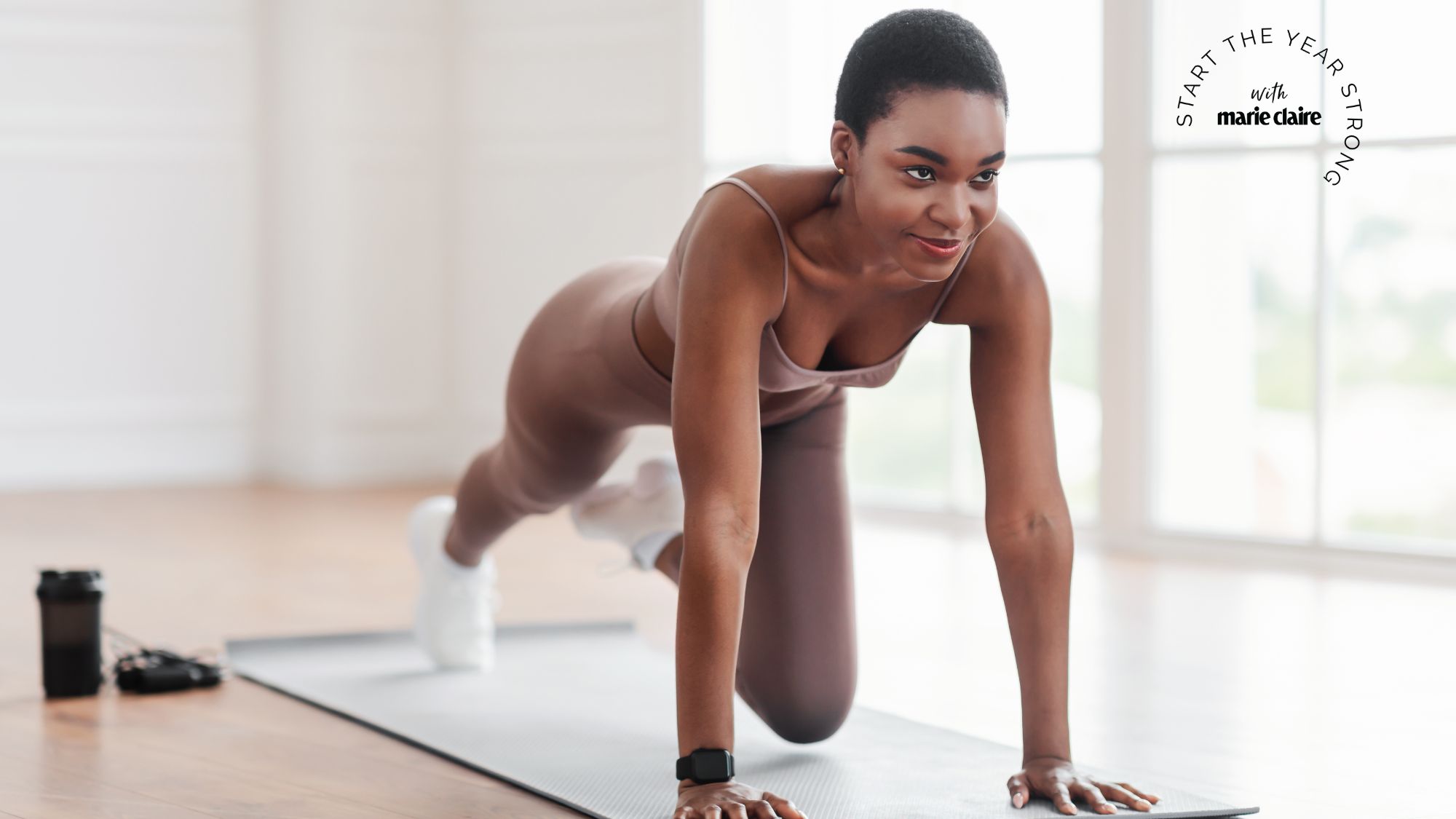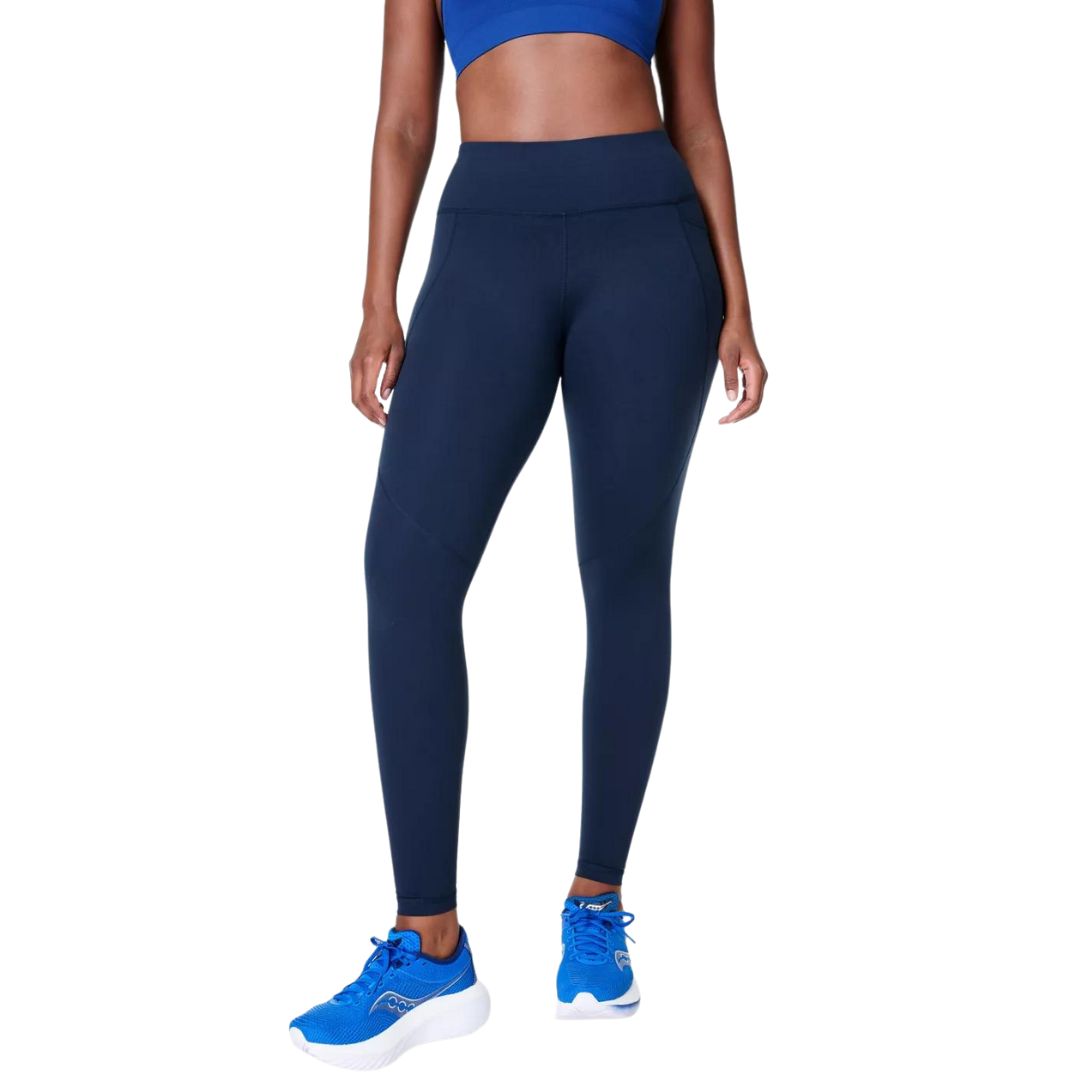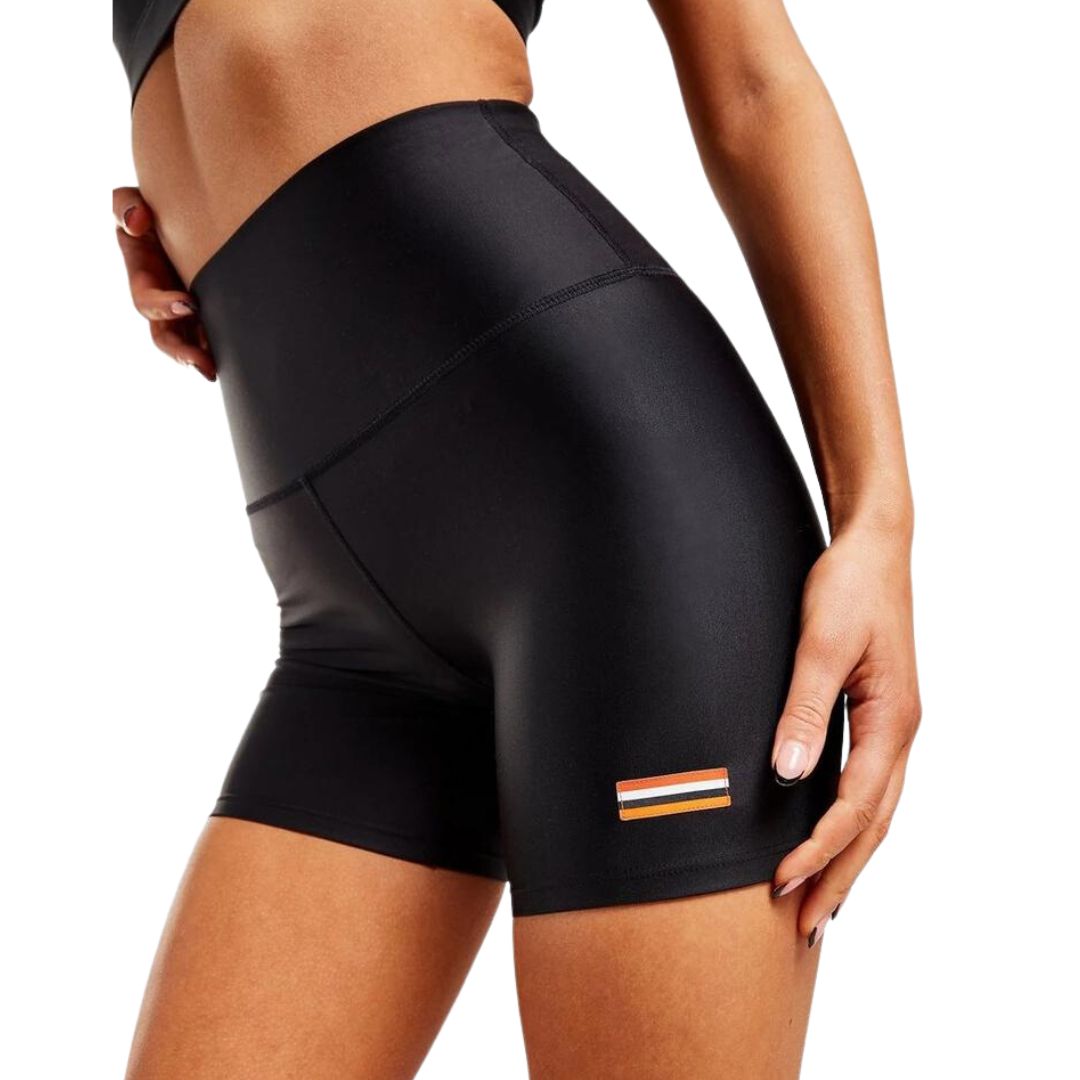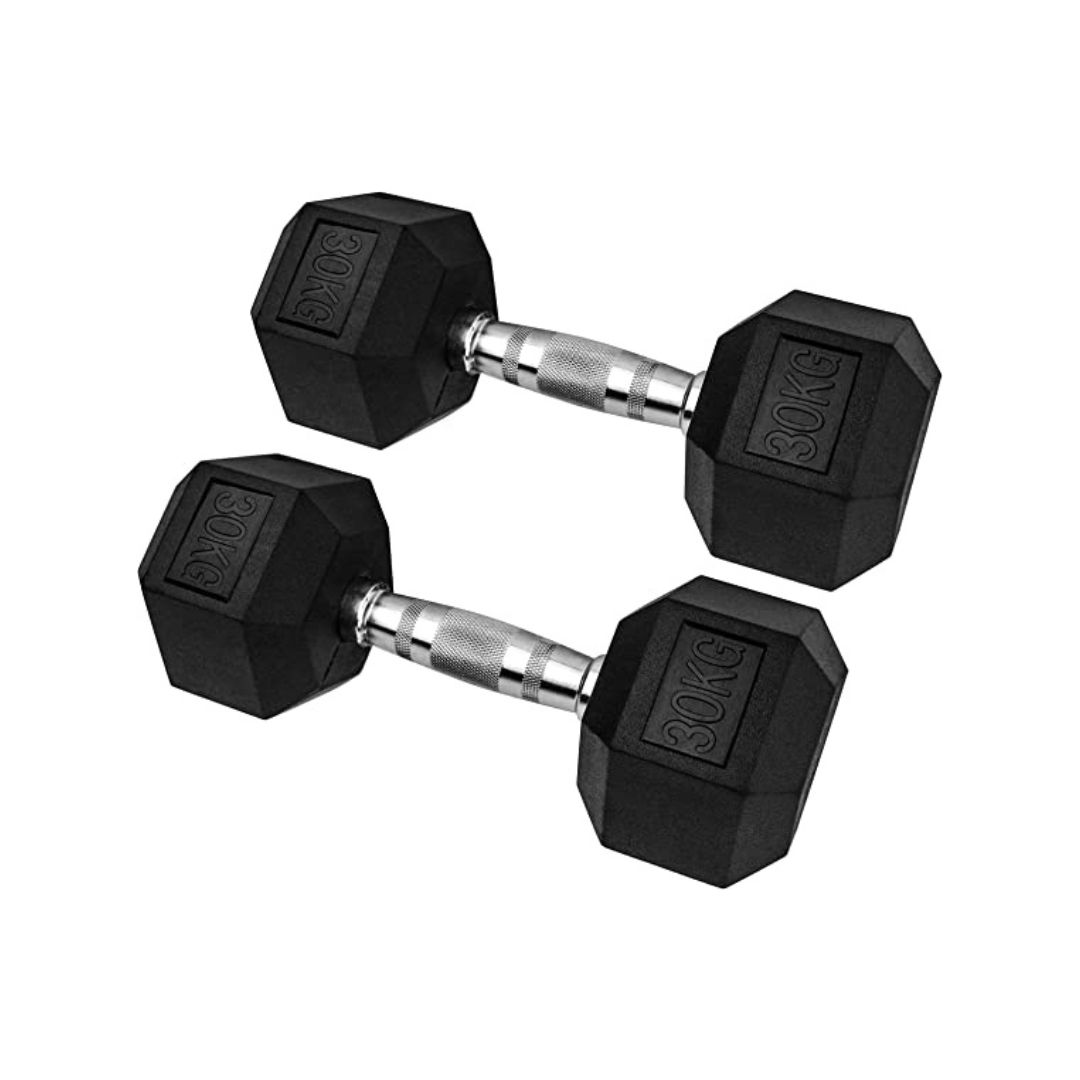10 core exercises personal trainers do themselves to improve muscle strength and stability
Because a six-pack isn't the same as a strong core...


Keen to up your strength this year? Then you’ll want to add the best core exercises to your roster. Why? Because core strength plays a vital role in physical function - in other words, it's essential for supporting your body through everyday tasks and daily life. Not only that, but it also helps to facilitate strength and muscle gains elsewhere in your body.
Before we get started: let's clear up what we mean by core strength, first. The term is often used interchangeably with phrases like "ab toning exercises" and "six-pack," but it's important to note here that they actually refer to slightly different things. The latter references the visible muscle mass around your stomach, while the clue with core strength is really in the name. It simply refers to how strong your core muscles, like the obliques, rectus abdominis and transverse abdominis, are.
While core strength can and will impact your stomach definition, many can have a strong core under a layer of fat, meaning they don't have visible abs, too. That's because there are a whole heap of other factors at play when it comes to visible abs, spanning diet, genetics, and more. But one thing is for sure: having a strong core will only improve your chances of having a defined stomach, plus reap loads of other physical and mental benefits, too (we're looking at you, improved quality of life, balance, and running ability).
Need more convincing? One 2018 study published in the Journal of Biomechanics found that worryingly, most people’s deep core muscles aren’t as strong as they need to be, with runners with weak deep core muscles at a higher risk of developing lower back pain.
With that in mind, we asked some of the UK's top PTs to share ten of the best core exercises to try tonight, along with their tips for training your midsection and hitting your strength goals in 2024. Ab workouts for women, at the ready - and don't miss our explainer on the best core exercises at home, while you're here.
What are the best core exercises to boost strength?
What is a core exercise?
“The core is made up of all the muscles in the central part of our bodies, though I personally prefer to refer to the core as the trunk, as it better reflects the range of muscles involved in strengthening this part of your body,” explains Harun Okine, personal trainer from The Body Lab London.
It’s a common misconception, he says, that core exercises only work your abdominal muscles. “The abs are only one of many muscles which are engaged when executing core exercises," he continues.
Celebrity news, beauty, fashion advice, and fascinating features, delivered straight to your inbox!
Other muscles targeted during the core exercises include the:
- rectus abdominal muscles
- oblique muscles
- transverse abdominis
- erector spinae
- multifidus
- pelvic floor muscles
- lower back
- hip muscles.
“Core exercises essentially aim to strengthen all these muscles, creating a cylinder around the spine and therefore improving overall movement and stability,” Okine continues.
Why is core strength important?
Core strength, in short, allows you to move through life more easily and with a reduced risk of injury. “It can help to support your posture, improve balance and stability, improve athletic and sports performance, and improve exercise technique while reducing pain and injury occurrence,” says Tara Lee Oakley, a personal trainer from East of Eden.
As Okine says: “the stronger the core, the stronger the foundation is for the body’s everyday movement and stability.” Increased core strength, he adds, means increased mobility, balance, and control.
“Core exercises are an essential part of every programme, and by implementing a variety of movements into your routine, simple daily tasks such as taking a seat, reaching, standing or bending become less physically strenuous,” says Okine. Improving everyday movement patterns, he adds, improves your overall quality of life - a surefire win, no?
How can I build core strength from home?
It’s not as hard as you may think to build core strength from home, nor does it involve doing thousands of crunches or holding endless five-minute-long planks (though, planks actually are a great exercise for building core strength).
“Core strength can be easily developed from the comfort of your own home with simple bodyweight exercises or little to no equipment,” says Okine. He advises trying moves such as:
- plank variations
- dead bugs
- farmers carries
- scissor kicks
- leg raises
- walk-outs
- bicycle crunches
- twists.
Compound exercises - in other words, exercises that engage multiple muscle groups - also fall into the category of best core exercises. Think squats and push-ups.
Can you build core strength with bodyweight?
Short answer: definitely. All of the experts we spoke to for this piece agree that it’s 100% possible to build core strength at home using their bodyweight only. In fact, for some people, it may be the best way to approach improving your core strength.
“Bodyweight exercises are convenient and accessible because you don’t need a gym membership or any equipment. You can start anywhere and at any time,” says Oakley. “As well as building core strength, bodyweight exercises can also improve endurance, aerobic capacity, muscle strength and mobility,” she adds.
10 of the best core exercises recommended by a PT
1. Squat
What? You'll have heard of this compound move - one of the most popular moves for working your entire body.
Why? "Squats are one of the best ways to work your pelvic floor, glutes, thighs and abs," says Oakley.
How long? Aim for ten to twelve reps for three rounds.
2. Glute bridge
What? A floor-based exercise that targets your glutes and abs. Do note, though, that it's important to tuck your tailbone here and not over-extend.
Why? According to Oakley, this exercise strengthens the entire posterior chains – not just the glutes – and the core too. "It's not too difficult even for a beginner," she says. "To increase the challenge, perform the exercise with only one foot planted."
How long? Aim for ten to twelve reps for three rounds.
3. Mountain climbers
What? A cardio-strength hybrid move that'll get your heart rate up and your core engaged.
Why? This exercise targets the shoulders and chest muscles, along with the abdominals. "It also gets your heart rate up," says Oakley.
How long? Aim for ten to twelve reps for three rounds.
4. Pilates teaser
What? Essentially a paused U-sit that forces you to work your lower, middle, and upper ab muscles, in other words engaging your entire core.
Why? "It's great for posture and control, and is a nice challenge to work towards," says Oakley.
How long? Aim for 45 to 60 seconds for three rounds.
5. Russian twists
What? A core exercise that can be tailored to all fitness levels and done from the comfort of your home.
Why? Russian twists really target the obliques – the muscles that cover the sides of the abdominal area. "There are modifications for beginners and adaptations for more advanced fitness levels too," says Oakley.
How long? Aim for 45 to 60 seconds for three rounds.
6. Side plank
What? Planks are well regarded as one of the simplest and most effective moves you can do to boost core strength. Just be mindful of not placing too much stress on your lower back, engaging your stomach muscles, shoulders, arms and glutes instead.
Why? "Regularly performing side planks helps to improve balance, and works the obliques, abdominals and thigh muscles," says Oakley.
How long? Aim for 45 to 60 seconds for three rounds.
7. Bird dog
What? An effective workout move that's reminiscent of a plank but with added movement.
Why? "This core exercise is great for pelvis stability, and working the abdominals, glutes and lower back," Oakley says.
How long? Aim for ten to twelve reps for three rounds.
8. Dead bug
What? Another simple yet effective move, this time that requires lying on the floor and alternating your arms and legs while engaging your trunk.
Why? "Dead bugs are a really great lower abdominal exercise that doesn't put too much strain on the lower back or neck," says Oakley.
How long? Aim for ten to twelve reps for three rounds.
9. Bear crawl
What? The clue is in the name with this one - kind of - and promises to make your sweat sessions more fun, too.
Why? This movement helps you build strength, balance, and coordination and adds an element of play to your core workouts, too.
How long? Aim for ten to twelve reps for three rounds.
10. Inchworm
What? Last but by no means least, this is a great all-rounder move which promises to be accessible to all fitness levels.
Why? "As well as challenging your entire core, this exercise provides a fun way to transition between movements that adds flow to your workout," says Oakley.
How long? Aim for ten to twelve reps for three rounds.
Shop MC UK's go-to workout kit now:
What is the most effective core exercise?
Many experts would hail the humble plank as the most effective exercise to tone your core, but the short answer is it'll depend on whichever workout move you can do with correct form and consistency. Think about it: there's no point in doing a plank a day if a. you hate them and b. you're not doing them correctly. You'll simply increase your risk of injury and end up dreading your workouts (or skipping them altogether).
Opt for your favourite move out of a plank, squat, glute bridge, mountain climber, Russian twist, bird dog, dead bug, bear crawl and inchworm - all are proven to be effective for building strength in your midsection.
What is the fastest way to build your core?
The fastest way to build any form of fitness is to find a workout you love and stick at it consistently - consistency being the real way you see any results in life.
NHS guidelines recommend five 30 minute workouts a week with two strength sessions. Make these strength sessions core focused or start your day with a core-centric home workout to build muscle in no time (read: eight to ten weeks, on average).

Abbi Henderson is a freelance journalist and social media editor who covers health, fitness, women’s sport and lifestyle for titles including Women's Health and Stylist, among others.
With a desire to help make healthcare, exercise and sport more accessible to women, she writes about everything from the realities of seeking medical support as a woman to those of being a female athlete fighting for equality.
When she’s not working, she’s drinking tea, going on seaside walks, lifting weights, watching football, and probably cooking something pasta-based.












